-
 Bitcoin
Bitcoin $109,583.2239
0.19% -
 Ethereum
Ethereum $2,583.4612
0.48% -
 Tether USDt
Tether USDt $1.0003
-0.04% -
 XRP
XRP $2.2681
0.70% -
 BNB
BNB $659.9218
-0.52% -
 Solana
Solana $151.4961
-0.37% -
 USDC
USDC $0.9999
-0.02% -
 TRON
TRON $0.2861
1.20% -
 Dogecoin
Dogecoin $0.1718
0.04% -
 Cardano
Cardano $0.5960
-0.07% -
 Hyperliquid
Hyperliquid $40.1233
2.85% -
 Sui
Sui $2.9974
2.48% -
 Bitcoin Cash
Bitcoin Cash $497.1279
-1.76% -
 Chainlink
Chainlink $13.7275
-0.22% -
 UNUS SED LEO
UNUS SED LEO $9.0241
0.70% -
 Avalanche
Avalanche $18.5536
-0.88% -
 Stellar
Stellar $0.2421
1.39% -
 Toncoin
Toncoin $2.8593
-0.51% -
 Shiba Inu
Shiba Inu $0.0...01187
-0.07% -
 Litecoin
Litecoin $90.0023
2.90% -
 Hedera
Hedera $0.1590
2.79% -
 Monero
Monero $322.1495
0.00% -
 Polkadot
Polkadot $3.5453
-1.00% -
 Dai
Dai $1.0000
-0.01% -
 Bitget Token
Bitget Token $4.5733
-1.06% -
 Ethena USDe
Ethena USDe $1.0002
-0.01% -
 Uniswap
Uniswap $7.6345
3.03% -
 Aave
Aave $279.2583
0.47% -
 Pepe
Pepe $0.0...01003
-1.52% -
 Pi
Pi $0.4941
-0.32%
What is Bitcoin halving? Analysis of the impact on prices
Bitcoin halving, occurring every four years, reduces miner rewards, increases scarcity, and historically boosts prices, impacting the crypto's economy and market dynamics.
Apr 09, 2025 at 01:14 pm

Bitcoin halving is a pivotal event in the cryptocurrency world that occurs approximately every four years, or every 210,000 blocks. The event is designed to reduce the rate at which new bitcoins are generated, thereby controlling inflation and increasing scarcity over time. During a halving, the reward that miners receive for successfully adding a block to the blockchain is cut in half. This mechanism is integral to Bitcoin's protocol and has significant implications for its economy and market dynamics.
The Mechanics of Bitcoin Halving
The process of Bitcoin halving is straightforward yet impactful. When Bitcoin was first launched, miners received 50 bitcoins for each block they added to the blockchain. The first halving occurred in November 2012, reducing the reward to 25 bitcoins per block. The second halving took place in July 2016, further reducing the reward to 12.5 bitcoins. The most recent halving happened in May 2020, bringing the reward down to 6.25 bitcoins. The next halving is expected around 2024, where the reward will be reduced to 3.125 bitcoins.
Impact on Bitcoin's Supply and Scarcity
The primary effect of Bitcoin halving is on the supply of new bitcoins entering the market. By halving the reward, the rate at which new bitcoins are created is reduced, which in turn increases the scarcity of the cryptocurrency. Bitcoin has a capped supply of 21 million coins, and halving events ensure that this cap is approached more slowly. This scarcity can drive up demand and, consequently, the price of Bitcoin.
Historical Price Movements Post-Halving
Analyzing the historical data around Bitcoin halvings reveals a pattern of significant price increases following these events. After the first halving in 2012, Bitcoin's price rose from around $12 to over $1,000 within a year. Following the second halving in 2016, the price increased from approximately $650 to nearly $20,000 by the end of 2017. The third halving in 2020 saw Bitcoin's price surge from around $8,000 to over $60,000 in the subsequent year. While past performance is not indicative of future results, these trends suggest a strong correlation between halving events and price appreciation.
The Role of Miners and Mining Economics
Bitcoin halving directly affects miners, as their revenue from block rewards is cut in half. This can lead to a shakeout in the mining industry, where less efficient miners may find it unprofitable to continue operations. However, miners can also benefit from rising Bitcoin prices post-halving, which can offset the reduced block rewards. Additionally, transaction fees become a more significant part of miners' revenue as the block reward diminishes over time.
Market Sentiment and Speculation
Market sentiment plays a crucial role in the price movements following a Bitcoin halving. The anticipation of reduced supply often leads to increased buying pressure as investors and traders speculate on future price increases. Media coverage and public awareness of the halving event can further amplify this effect. However, it's important to note that while halving events can contribute to bullish market conditions, they are not the sole determinant of Bitcoin's price, which is influenced by a myriad of other factors including regulatory news, macroeconomic trends, and technological developments.
Long-Term Implications for Bitcoin's Value
The long-term implications of Bitcoin halving are tied to its fundamental value proposition as a store of value. By ensuring a predictable and diminishing supply, halving events reinforce Bitcoin's deflationary nature, which is often compared to digital gold. This scarcity model can attract investors looking for assets that can hedge against inflation and currency devaluation. As the block reward continues to decrease with each halving, the reliance on transaction fees will grow, potentially leading to a more robust and self-sustaining network.
Frequently Asked Questions
Q: How does Bitcoin halving affect the overall security of the network?
A: Bitcoin halving can impact the security of the network indirectly through its effect on miners. If the block reward becomes too low, some miners might exit the network, potentially reducing the total hash rate and making the network more vulnerable to attacks. However, rising Bitcoin prices post-halving can incentivize miners to stay, maintaining or even increasing the network's security.
Q: Can Bitcoin halving lead to increased volatility in the market?
A: Yes, Bitcoin halving can lead to increased volatility. The anticipation and aftermath of a halving event often result in heightened trading activity and speculative behavior, which can cause significant price swings. Investors and traders should be prepared for potential volatility around these events.
Q: Are there any other cryptocurrencies that implement a halving mechanism?
A: Yes, several other cryptocurrencies have adopted a halving mechanism similar to Bitcoin. Notable examples include Litecoin, which halves its block reward approximately every four years, and Bitcoin Cash, which follows a similar schedule to Bitcoin. These halving events can have similar impacts on their respective ecosystems.
Q: How can investors prepare for a Bitcoin halving?
A: Investors can prepare for a Bitcoin halving by staying informed about the event's timing and potential market impacts. Diversifying their cryptocurrency portfolio, setting clear investment goals, and being prepared for increased volatility can help manage risks. Additionally, understanding the broader market context and not relying solely on the halving event for investment decisions is crucial.
Disclaimer:info@kdj.com
The information provided is not trading advice. kdj.com does not assume any responsibility for any investments made based on the information provided in this article. Cryptocurrencies are highly volatile and it is highly recommended that you invest with caution after thorough research!
If you believe that the content used on this website infringes your copyright, please contact us immediately (info@kdj.com) and we will delete it promptly.
- LILPEPE: The Meme Coin Primed for Explosive Growth with Blockchain Tech
- 2025-07-04 08:50:13
- Pyongyang Under Pressure: A Look at US Indictments and North Korean Actors
- 2025-07-04 08:30:12
- Navigating the Murky Waters: Fake JD Stablecoins and Solana Scams
- 2025-07-04 08:50:13
- Robinhood's Risky Game: Fake Tokens, Real Trouble?
- 2025-07-04 09:10:14
- BitMine Stock Skyrockets: Riding the Ethereum Wave to Wall Street Gold
- 2025-07-04 09:10:14
- BlackRock's Bitcoin ETF: A Revenue Rocket Fueling Growth
- 2025-07-04 08:30:12
Related knowledge
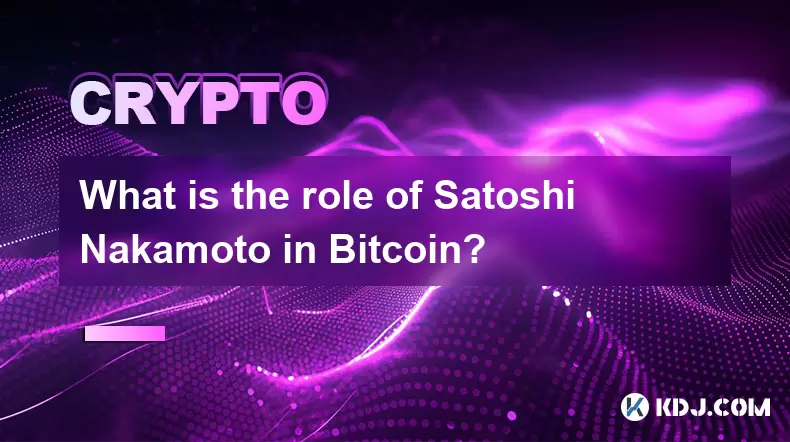
What is the role of Satoshi Nakamoto in Bitcoin?
Jul 04,2025 at 03:14am
Who is Satoshi Nakamoto?Satoshi Nakamoto is the pseudonymous individual or group responsible for creating Bitcoin, the world's first decentralized digital currency. Despite extensive research and speculation, the true identity of Satoshi Nakamoto remains unknown. The name was used in communications related to the development and release of the Bitcoin w...
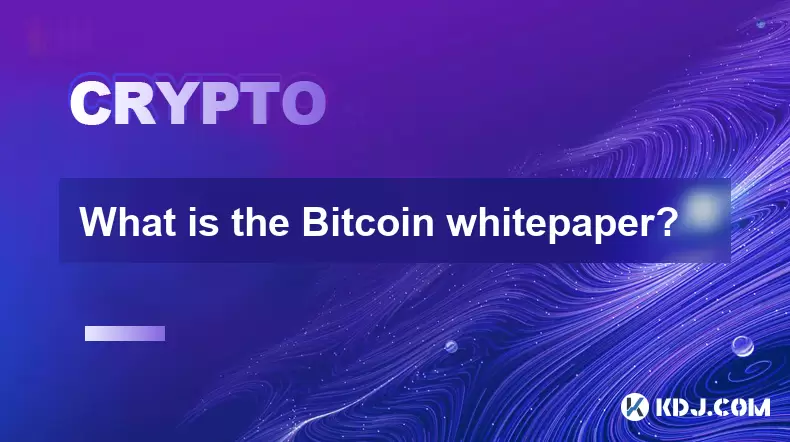
What is the Bitcoin whitepaper?
Jul 04,2025 at 01:42am
What is the Bitcoin Whitepaper?The Bitcoin whitepaper is a foundational document published in 2008 by an individual or group using the pseudonym Satoshi Nakamoto. Titled 'Bitcoin: A Peer-to-Peer Electronic Cash System', it outlines the theoretical framework and technical specifications for creating a decentralized digital currency. This paper introduced...
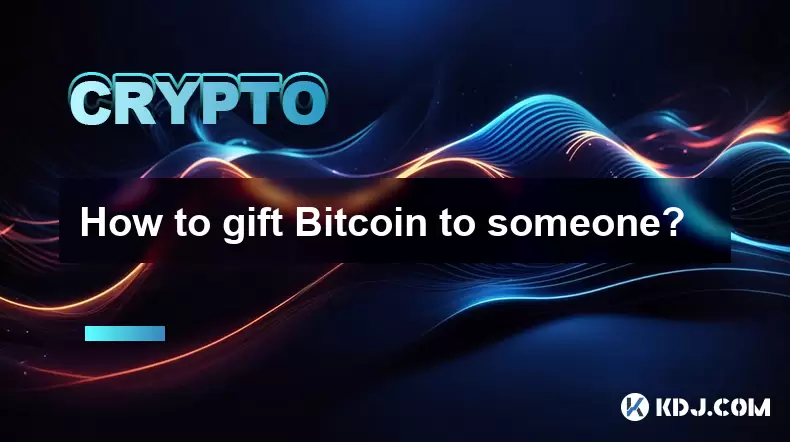
How to gift Bitcoin to someone?
Jul 04,2025 at 12:01am
What is Bitcoin gifting?Gifting Bitcoin involves transferring a specific amount of Bitcoin (BTC) from one wallet to another as a present or gesture of goodwill. Unlike traditional gifts, Bitcoin can be sent instantly across the globe, without requiring physical delivery. The recipient gains full control over the gifted BTC once it arrives in their walle...
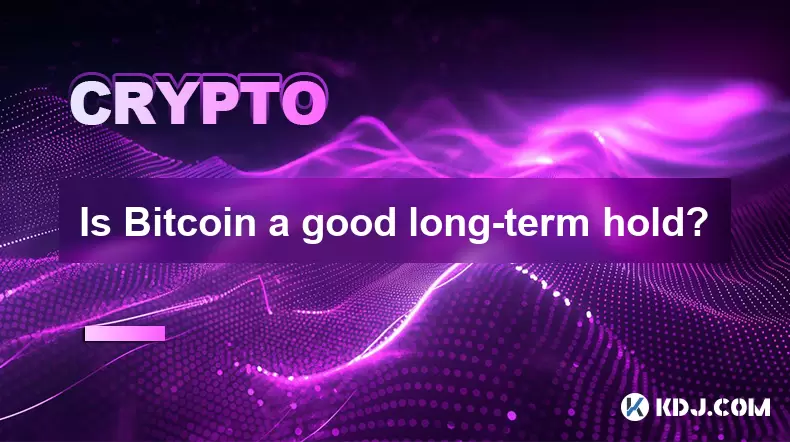
Is Bitcoin a good long-term hold?
Jul 04,2025 at 04:50am
Understanding the Fundamentals of BitcoinBitcoin, introduced in 2009 by an anonymous individual or group known as Satoshi Nakamoto, is the first and most well-known cryptocurrency. It operates on a decentralized ledger technology called blockchain, which allows for peer-to-peer transactions without the need for intermediaries like banks. The limited sup...
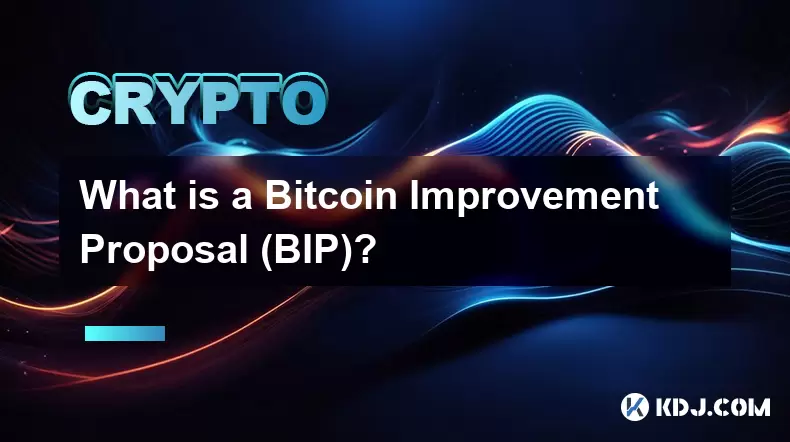
What is a Bitcoin Improvement Proposal (BIP)?
Jul 03,2025 at 11:28am
Understanding the Basics of Bitcoin Improvement Proposals (BIPs)A Bitcoin Improvement Proposal (BIP) is a formal document used to suggest changes, enhancements, or modifications to the Bitcoin protocol. These proposals serve as the primary mechanism through which developers and contributors communicate new ideas for improving the functionality, security...
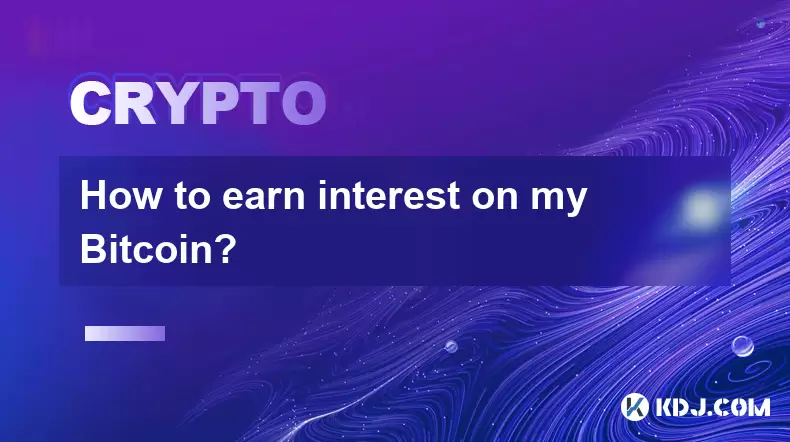
How to earn interest on my Bitcoin?
Jul 03,2025 at 10:49am
Understanding Bitcoin Interest and Its MechanismsEarning interest on your Bitcoin involves leveraging financial tools or platforms that allow you to lend, stake, or deposit your BTC in exchange for regular returns. Unlike traditional banking where fiat currencies earn interest through savings accounts, Bitcoin’s decentralized nature requires alternative...

What is the role of Satoshi Nakamoto in Bitcoin?
Jul 04,2025 at 03:14am
Who is Satoshi Nakamoto?Satoshi Nakamoto is the pseudonymous individual or group responsible for creating Bitcoin, the world's first decentralized digital currency. Despite extensive research and speculation, the true identity of Satoshi Nakamoto remains unknown. The name was used in communications related to the development and release of the Bitcoin w...

What is the Bitcoin whitepaper?
Jul 04,2025 at 01:42am
What is the Bitcoin Whitepaper?The Bitcoin whitepaper is a foundational document published in 2008 by an individual or group using the pseudonym Satoshi Nakamoto. Titled 'Bitcoin: A Peer-to-Peer Electronic Cash System', it outlines the theoretical framework and technical specifications for creating a decentralized digital currency. This paper introduced...

How to gift Bitcoin to someone?
Jul 04,2025 at 12:01am
What is Bitcoin gifting?Gifting Bitcoin involves transferring a specific amount of Bitcoin (BTC) from one wallet to another as a present or gesture of goodwill. Unlike traditional gifts, Bitcoin can be sent instantly across the globe, without requiring physical delivery. The recipient gains full control over the gifted BTC once it arrives in their walle...

Is Bitcoin a good long-term hold?
Jul 04,2025 at 04:50am
Understanding the Fundamentals of BitcoinBitcoin, introduced in 2009 by an anonymous individual or group known as Satoshi Nakamoto, is the first and most well-known cryptocurrency. It operates on a decentralized ledger technology called blockchain, which allows for peer-to-peer transactions without the need for intermediaries like banks. The limited sup...

What is a Bitcoin Improvement Proposal (BIP)?
Jul 03,2025 at 11:28am
Understanding the Basics of Bitcoin Improvement Proposals (BIPs)A Bitcoin Improvement Proposal (BIP) is a formal document used to suggest changes, enhancements, or modifications to the Bitcoin protocol. These proposals serve as the primary mechanism through which developers and contributors communicate new ideas for improving the functionality, security...

How to earn interest on my Bitcoin?
Jul 03,2025 at 10:49am
Understanding Bitcoin Interest and Its MechanismsEarning interest on your Bitcoin involves leveraging financial tools or platforms that allow you to lend, stake, or deposit your BTC in exchange for regular returns. Unlike traditional banking where fiat currencies earn interest through savings accounts, Bitcoin’s decentralized nature requires alternative...
See all articles

























































































